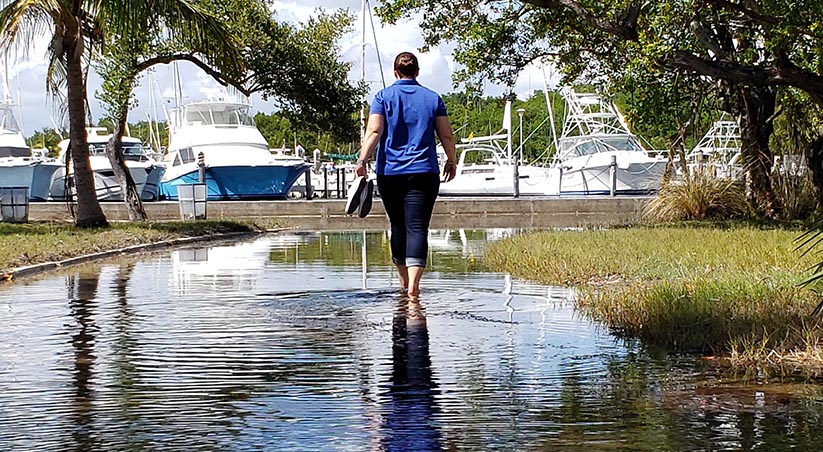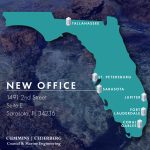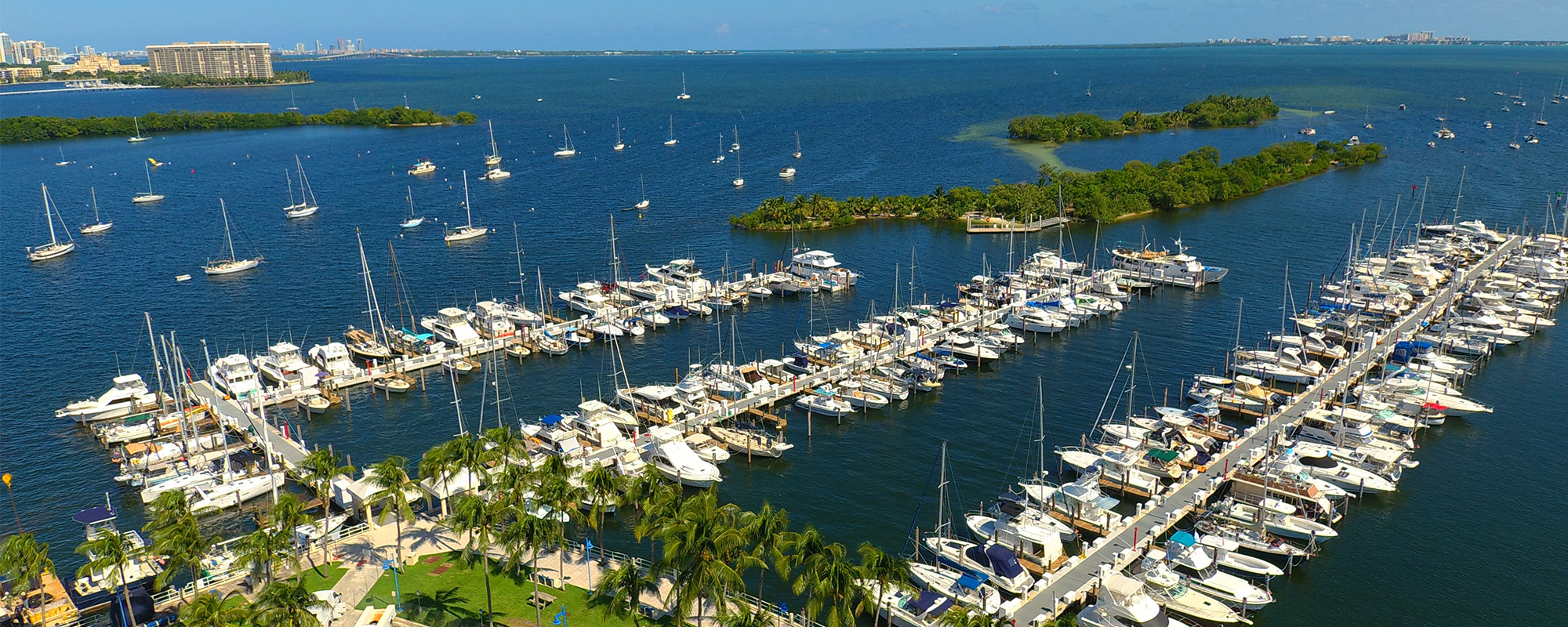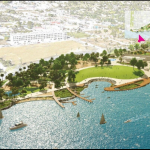
Source: Miami-Dade Back Bay Coastal Storm Risk Management Appendix (used as example for coastal protection)
The draft of the USACE Miami-Dade County Back Bay Study was recently released for public comments. As a local coastal engineering firm, Cummins Cederberg has been following the study and workshops with a vested interest and appreciates the opportunity to provide comments and constructive feedback to the project team.
Our Principals, Jannek Cederberg PE, and Jason Cummins, PE, conducted a review of the study to provide input in an effort to find a solution that both meets the engineering criteria as well as maintains the functionality and aesthetic of the waterfront. While there have been many reasonable comments in the public lately relative to the aesthetics and overall impacts of the proposed solutions, such as flood walls and gates, there are also a number of technical questions to be raised. Some of the main technical questions are listed below (USACE Back Bay Study Memo – Full Response).
- Not Analyzing Storm Surge Dynamics
Why it matters: It is not possible to understand the range of mitigation solutions without understanding the dynamics of why/when storm surge is highest (hurricane direction, hurricane approach angle, wind or wave driven surge, etc.). The result of this limitation is an inherent limitation of potential solutions. The presented structural option is a 1-dimensional approach of blocking all storm surge inundation, which will only help the areas selected for a flood wall and is not flexible relative to sea level rise beyond the project timeframe of 50 years. We need to better understand Mother Nature before we start making changes.
- Overestimating Flooding Depths in Economic Analysis
Why it matters: Flooding depths appear significantly overestimated (several feet) in the economic analysis through the inclusion of waves in areas without significant wave action. 6 feet of flooding will certainly lead to much higher level of damage for non-wall conditions than 1 foot of flooding. Higher level of damage will lead to skew the cost benefit ratio in favor of the flood wall solution.
- Considering Flood Damage in a Vacuum
Why it matters: The areas benefiting from the floodwalls will still experience significant wind and rain damage in the case of a major hurricane event. The economic analysis does not consider impacts outside of flooding. Not considering these other impact mechanisms will again skew the cost benefit ration in favor of the floodwall solution.
As Miami-Dade County residents this project is immensely important for us, as it will change and define our County forever. The County and many municipalities are already very proactive in developing solutions for mitigating sea level rise, which should be considered in a study of this magnitude and impact. We look forward to further discussions of increasing the resiliency of the County in a holistic manner.





